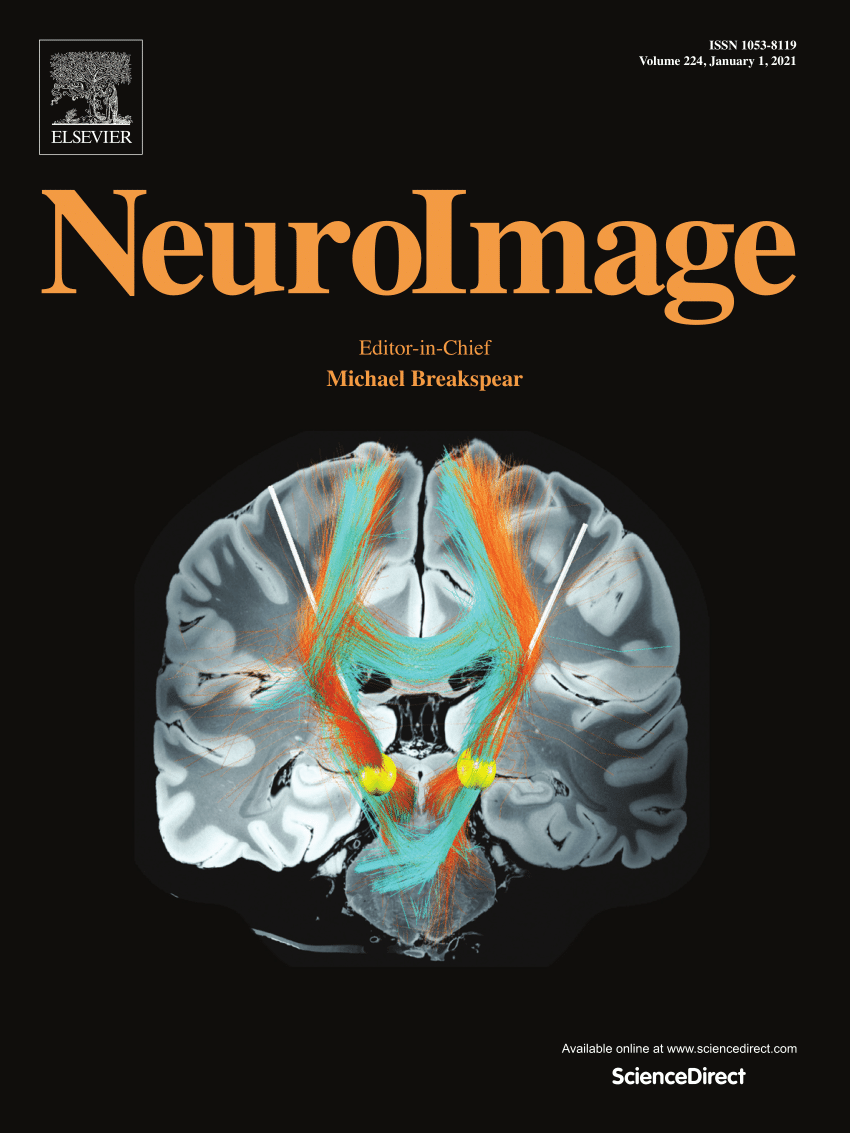Multi-task exercise increases delta power in non-rapid eye movement sleep among older female adults: A randomized crossover trial
IF 4.7
2区 医学
Q1 NEUROIMAGING
引用次数: 0
Abstract
Delta power in electroencephalography during sleep has been used as a more quantitative approach to determine sleep depth and quality. Despite the positive effects of both exercise and cognitive activity on delta power during sleep, limited information is available regarding the effects of multi-task exercise, which combines these two activities. Therefore, this study aimed to investigate the impact of multi-task exercise on delta power during sleep. Fifteen older female adults participated in both multi-task and single-task exercises at low and moderate-to-vigorous intensities for 30 min each. Sleep architecture was recorded using polysomnography to compare the amount of delta power during sleep. Additionally, cortical hemodynamic changes in the prefrontal cortex were monitored using functional near-infrared spectroscopy before and after each exercise session. Low-intensity multi-task exercise increased cortical activation in the right and left ventrolateral prefrontal cortex and frontopolar area, which positively correlated with the increase in delta power. This study provides the first experimental evidence that low-intensity multi-task exercise enhances cortical activation in the prefrontal cortex of older female adults, leading to an increase in delta power during sleep. It also suggests that low-intensity multi-task exercise may be a more useful intervention for improving sleep quality in older adults.
求助全文
约1分钟内获得全文
求助全文
来源期刊

NeuroImage
医学-核医学
CiteScore
11.30
自引率
10.50%
发文量
809
审稿时长
63 days
期刊介绍:
NeuroImage, a Journal of Brain Function provides a vehicle for communicating important advances in acquiring, analyzing, and modelling neuroimaging data and in applying these techniques to the study of structure-function and brain-behavior relationships. Though the emphasis is on the macroscopic level of human brain organization, meso-and microscopic neuroimaging across all species will be considered if informative for understanding the aforementioned relationships.
 求助内容:
求助内容: 应助结果提醒方式:
应助结果提醒方式:


